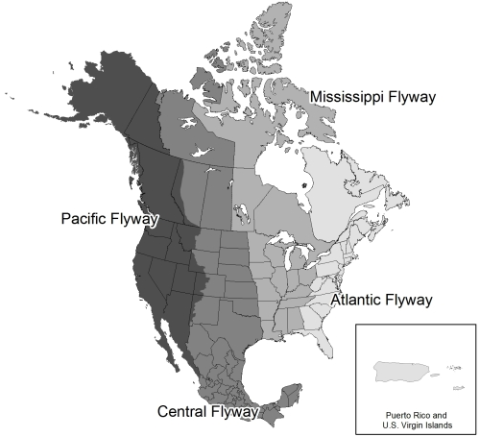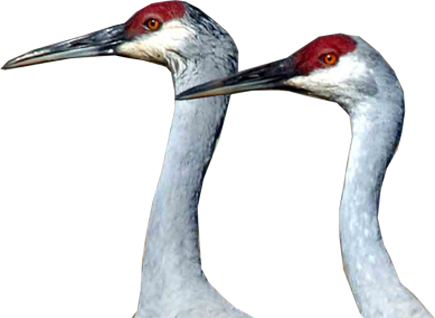IWJV Science: Helping our Pacific Flyway Partners
Birds that migrate along the Pacific Flyway from Alaska to Patagonia don’t observe geopolitical boundaries. The science that drives effective management and conservation for these birds doesn’t acknowledge these boundaries either. That’s why the IWJV is helping to deliver science that blurs the boundaries for our partners in the Pacific Flyway. U.S. members of this major flyway in western North America include Alaska, Arizona, California, Idaho, Nevada, Oregon, Utah, Washington, and the portions of Colorado, Montana, New Mexico, and Wyoming west of the Continental Divide.
Not only do migratory birds connect the geographies within this north-south corridor, but agriculture, livelihoods, local communities, and the region’s economy have an impact on bird populations and habitat availability. The IWJV’s collaborative approach to science is a valued resource that transcends boundaries by bringing together state and federal wildlife agencies, non-governmental organizations, and other partners to conserve habitat for migratory birds.
Continuing in the tradition of providing science support to partners, the IWJV’s Spatial Ecologist Patrick Donnelly attended the Pacific Flyway meeting in February 2020 to present recent science that could help inform migratory bird policy, regulations, and management decisions. Collaborative work in the Pacific Flyway includes studies on white-faced ibis, sandhill cranes, wetland resiliency, and durability of public-private waterbird migration networks across the flyway.
Like the IWJV science, the Pacific Flyway Council is structured to transcend geopolitical boundaries to inform migratory bird management at a flyway scale. The Council is international, including representatives from state, federal, and provincial wildlife agencies across North America. A Study Committee (for game birds) and Nongame Migratory Bird Technical Committee (for nongame birds) consists of one biologist from each of the state and provincial wildlife agencies and provides biological advice to the Council. Within each Flyway, the U.S. Fish & Wildlife Service has a Flyway Representative and assistant who work with the Council and their technical committees to share information and develop management recommendations. The Council has responsibilities in the annual process of setting migratory bird policy and regulations within the United States. It also conducts and contributes to migratory bird research and management throughout Canada and Mexico.
Ultimately, the Pacific Flyway Council aims to forge cooperation among public wildlife agencies for the protection and conservation of migratory birds that inhabit western North America. The IWJV remains committed to supporting partners like the Pacific Flyway Council with science to inform this important work.


